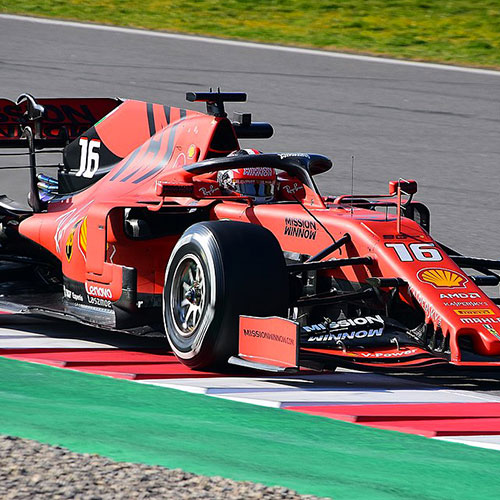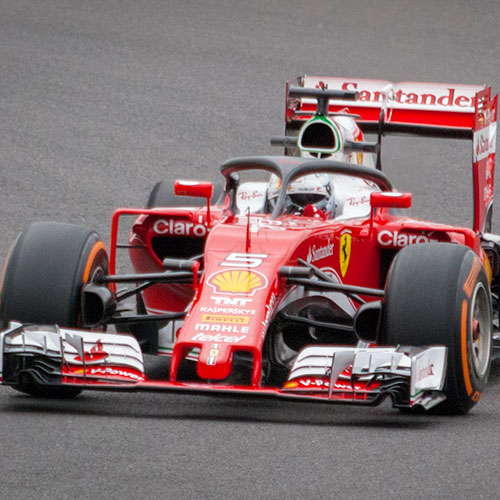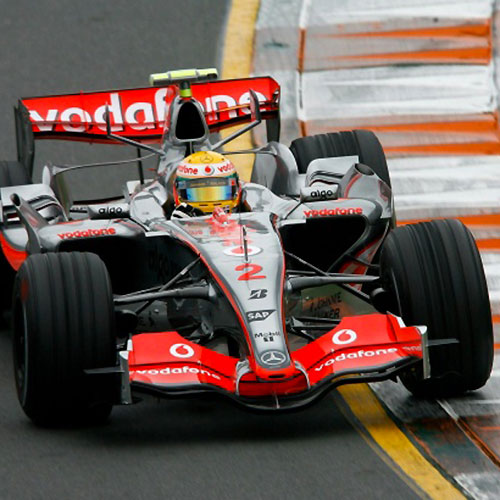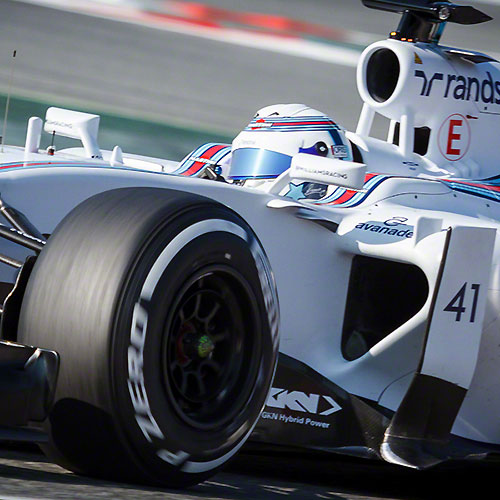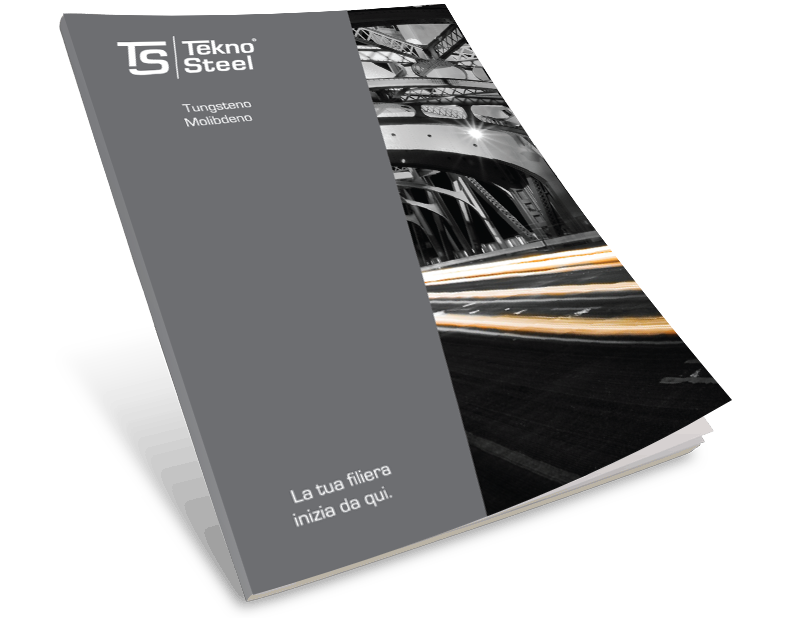Heavy tungsten alloy is a specialized metal matrix composite that overcomes some of the challenges of motor racing, thanks to its high density. It is mainly used to obtain an optimal weight balance between racing cars, because its high density allows to place small and high mass components in exact positions.
As a result, teams can improve weight distribution and maximize performance. Being able to position the car's weights in this way also helps the racing teams to develop various aspects of the cars, to optimize the race set-up and stability at high speeds.
Heavy tungsten alloy is sometimes also used as a ballast for racing cars to increase the weight of the car in order to meet the minimum weight requirements within motorsport. For example, for some motor sports the International Automobile Federation (FIA) establishes the minimum weight of the car. Using the high mass ballast produced in heavy tungsten alloy, the teams are able to guarantee the weight of a car that complies with the regulations at all times.
In addition to ballast applications for racing cars, the crankshaft racing counterweights can be made of heavy tungsten alloy to dampen engine vibrations and reduce the negative impact they can have on the performance of a race car. The rotation speed of the racing crankshaft changes rapidly during acceleration and braking, putting the components under pressure.
With a density of more than double compared to steel and 60% more than lead, the counterweights in heavy tungsten alloy are more compact, despite having the strength and durability to ensure that they can meet the high performance requirements of the application.




